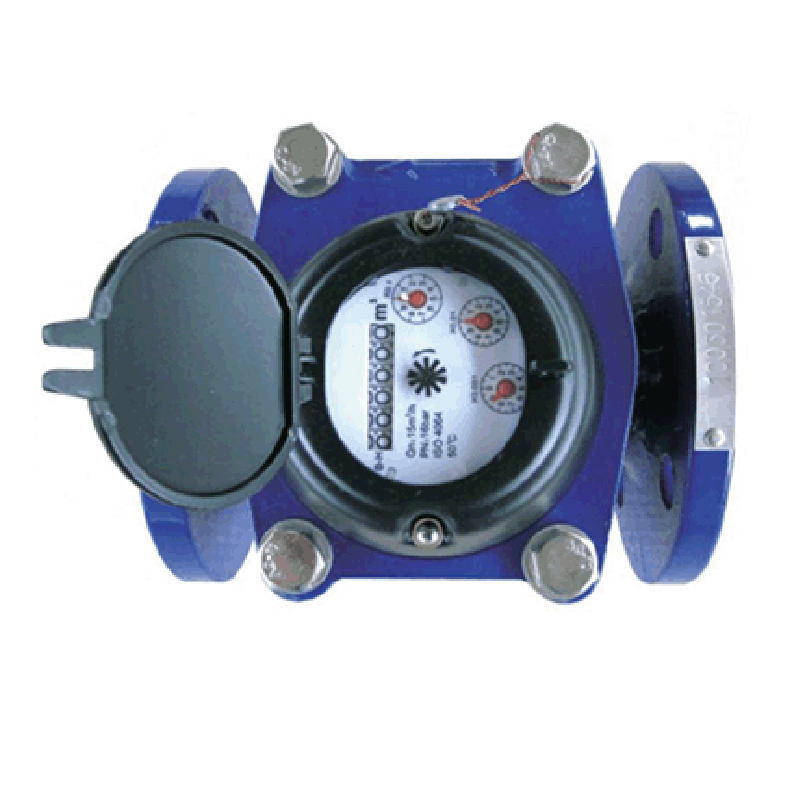Nov . 06, 2024 04:02 Back to list
Foot Valve Selection Guide for Efficient Water Pump Operation
Understanding the Importance of a Foot Valve for Water Pumps
When it comes to water pumps, one often-overlooked component is the foot valve. This simple yet essential device plays a pivotal role in the efficient functioning of water pumps, particularly in applications like irrigation, drainage, or any system requiring the movement of water from one location to another. In this article, we’ll explore the purpose, benefits, and key considerations regarding foot valves, particularly in the context of water pump systems.
What is a Foot Valve?
A foot valve is a type of check valve that is installed at the inlet of a water pump, typically submerged in the water source. Its primary function is to ensure that water doesn't flow back out of the pump into the source once the pump is turned off. Essentially, the foot valve maintains the prime in the pump, which is crucial for its effective operation.
How Does a Foot Valve Work?
The foot valve consists of a valve body and a strainer. The strainer prevents debris, leaves, and other particulates from entering the pump, which could cause clogs or damage. The valve itself allows water to flow into the pump while preventing backward flow. When the pump is operating, water pressure opens the foot valve, allowing water to enter the pump. Once the pump is turned off, the pressure drops, and the foot valve closes, effectively sealing off the water from flowing back out.
Benefits of Using a Foot Valve
1. Prevents Loss of Prime One of the most critical advantages of using a foot valve is its ability to maintain the prime in the pump. When water is drawn up from a well or other sources, losing prime can lead to pump damage and inefficiency. The foot valve mitigates this risk effectively.
2. Protects the Pump By preventing debris from entering the pump, the foot valve plays a protective role. This extends the lifespan of the pump and minimizes maintenance needs, leading to cost savings over time.
3. Improved Efficiency When the pump can maintain its prime, it runs more efficiently. This can lead to better energy consumption and reduced operating costs, which is particularly beneficial for larger systems.
foot valve for water pump

4. Easy Installation and Maintenance Foot valves are relatively easy to install and require minimal maintenance. This ease of use makes them a preferred choice for both DIY enthusiasts and professionals alike.
Choosing the Right Foot Valve
When selecting a foot valve, several factors must be taken into account
1. Material Foot valves come in various materials, including PVC, brass, and stainless steel. The choice of material depends on the specific application and the properties of the fluid being pumped. For instance, corrosive fluids require more durable materials like stainless steel.
2. Size and Flow Rate The foot valve must be appropriately sized for the pump and the flow rate needed. An undersized valve can restrict flow, while an oversized valve may not provide effective sealing.
3. Strainer Size The size of the strainer affects how much debris can be prevented from entering the pump. A well-sized strainer will keep the system clean while allowing sufficient water flow.
4. Pressure Rating Ensure that the foot valve can withstand the pressure produced by the pump. A valve that is not rated for the application’s pressure can fail, leading to costly repairs.
Conclusion
In conclusion, the foot valve is a vital component in the functioning of water pumps. Its ability to maintain the prime, protect the pump from debris, and enhance operational efficiency makes it an indispensable part of any water pumping system. By understanding the importance of foot valves and making informed choices regarding their selection and maintenance, users can ensure optimal performance and longevity of their water pump systems. Investing in a quality foot valve is not just a precaution—it’s a strategy for sustained efficiency and reliability in water management.
Share